Church Bans Rock Music
Chuck Higgins and his Orchestra, Pachuko Hop
Church bans Rock music
Change in the weather
1950s’ teenagers, living in an increasingly industrialized world, learned that society had postponed their adulthood by extending how long they had to stay in school. Education routinely extended beyond grammar school into high school and often to college.
20th century technology had already provided Americans young and old with the ability to do new things (like travel in a car), see new things (in the movies), and hear new things (listening to recordings). Sometimes they did all three at once.
After World War II, the ever growing Boomer generation discovered and turned their radio dials to stations that played bebop and something called rock and roll. It had been called “race music” because rock and roll springs from the roots of the segregated Jim Crow racism toward American Blacks. The music’s gut bucket emotion, honesty, and driving sound attracted many teenagers (not all) looking for something exciting to fill in those “tween” years. It also distinguished them from their parents.
That wish is as old as humanity.
As rock and roll became more popular, the Establishment found more reasons to try to slow or stop its spread.
Church bans Rock music
Cardinal Stritch
On March 3, 1957, Samuel Cardinal Stritch banned rock and roll from Chicago archdiocese Roman Catholic schools. He said, “Some new manners of dancing and a throwback to tribalism in recreation cannot be tolerated for Catholic youths. When our schools and centers stoop to such things as ‘rock and roll’ tribal rhythms, they are failing seriously in their duty. God grant that this word will have the effect of banning such things in Catholic recreation.”
Church bans Rock music
Racist-based
Of course the subtle (and often overt) view behind such bans was racism. The presumed inferiority and moral bankruptcy of Black Americans meant anything having to do with them was also inferior and immoral. Or even dangerous.
On June 3 that same year, Santa Cruz, California city authorities announced a total ban on rock and roll at public gatherings, calling the music “Detrimental to both the health and morals of our youth and community.”
Why? The night before Chuck Higgins and his Orchestra had played. When Santa Cruz police entered the auditorium, according to Lieutenant Richard Overton, there was a crowd “engaged in suggestive, stimulating and tantalizing motions induced by the provocative rhythms of an all-negro band.”
Two weeks later in its June 18, 1956 issue, Time magazine reported on similar bans recently enacted in Asbury Park, New Jersey, and in San Antonio, Texas, where the city council’s fear of “undesirable elements.”
We can cynically explain how rock succeeded when faced by such bans (there are many other examples) by the fact that rock made money. More and more money. And while censorship of lyrics has relaxed, there are always complaints even when musicians perform on the biggest stage of all: Super Bowls.
References:
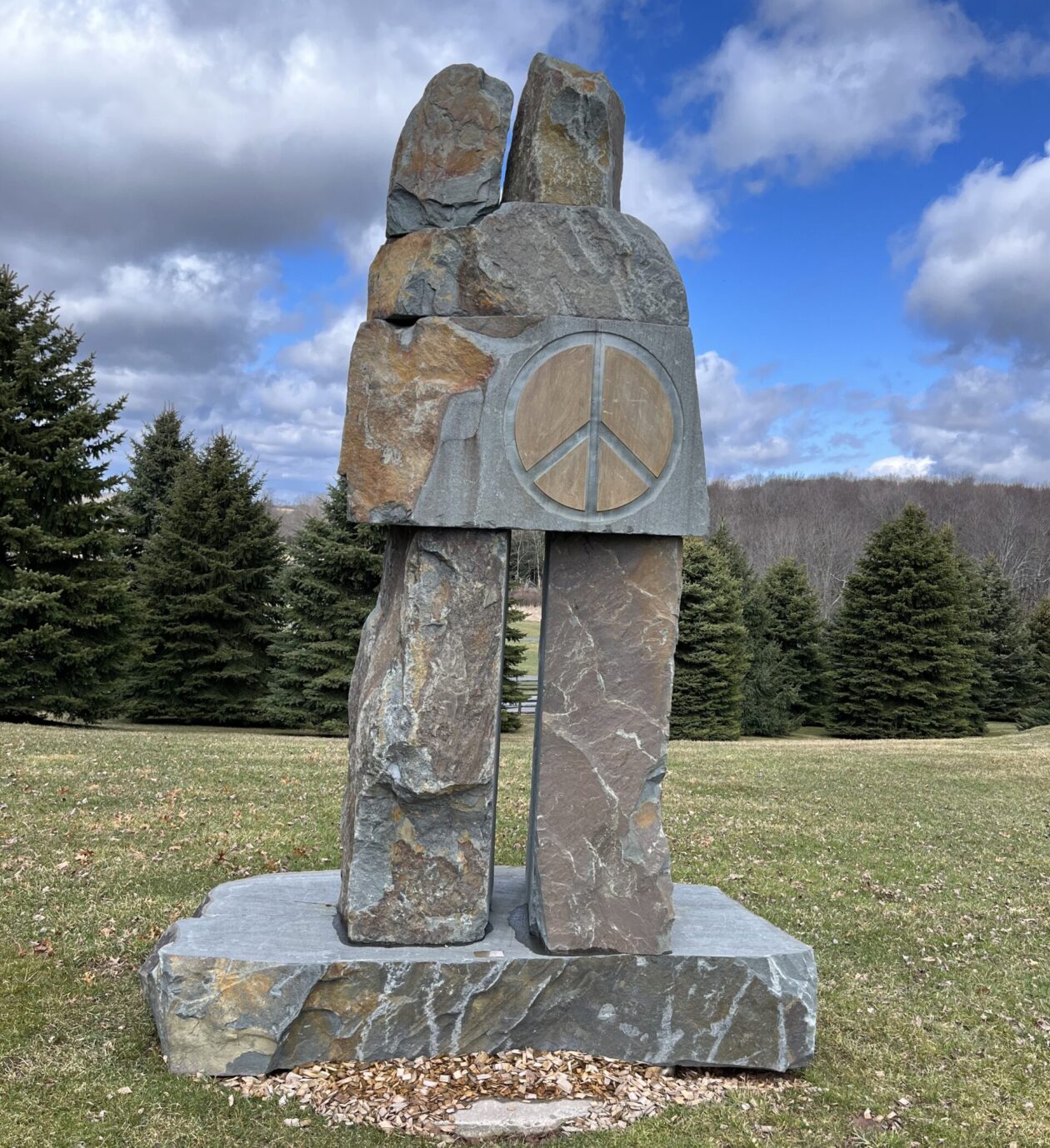
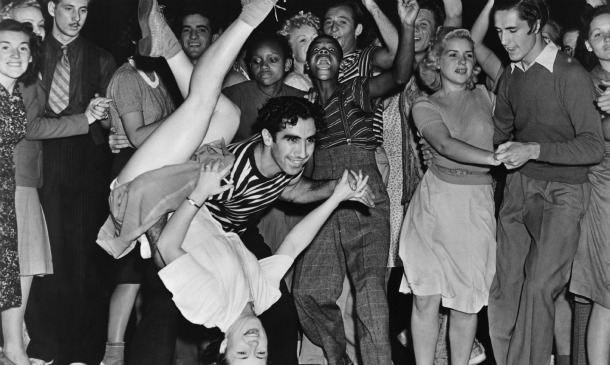
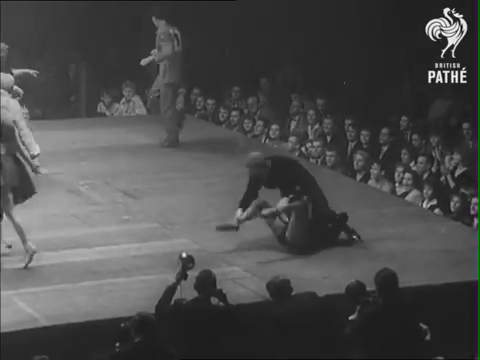
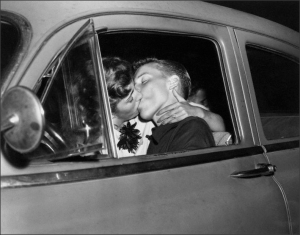
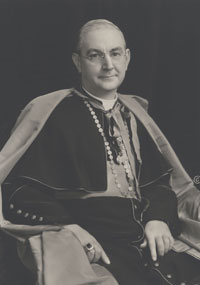
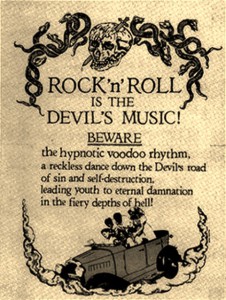
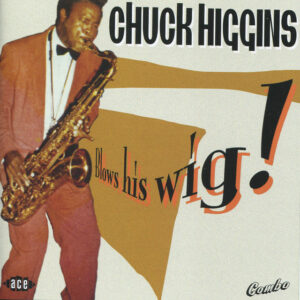
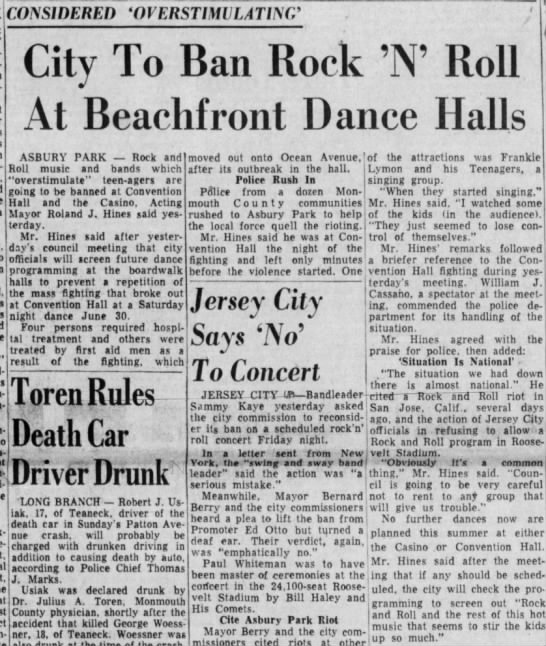
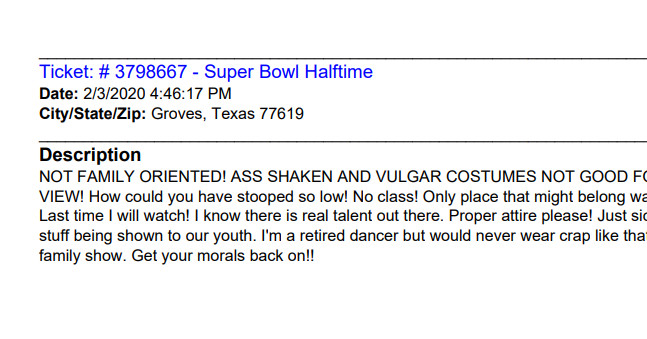
I think it was Lay Down, lay it down on me. Lol
LOL for sure